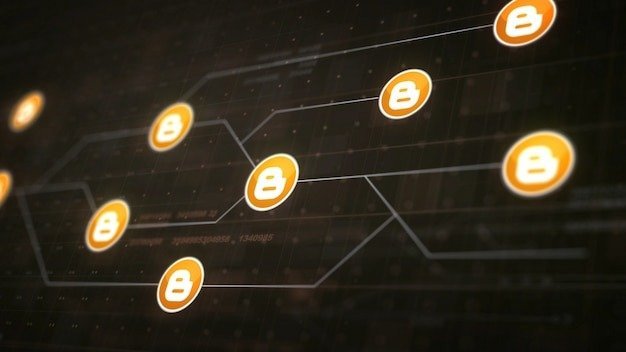Introduction
By News Crypto
Date: October 2023
The cryptocurrency ecosystem has exploded in recent years, with Bitcoin leading the charge. However, the altcoin landscape—comprising all cryptocurrencies other than Bitcoin—has garnered significant interest from investors, developers, and enthusiasts alike. This article aims to provide a comprehensive overview of key components within the altcoin space, including tokens, mining, gas fees, and cold wallets. Understanding these elements is essential for anyone looking to navigate this complex and rapidly evolving market.
Understanding Tokens
Tokens are a fundamental aspect of the altcoin landscape. Unlike cryptocurrencies that operate on their own blockchain, such as Bitcoin or Ethereum, tokens are built on existing blockchains. The most common standard for tokens is the ERC-20 standard on the Ethereum network, although other blockchains like Binance Smart Chain and Solana have their own token standards.
Tokens can serve various purposes, including:
- Utility Tokens: These tokens provide access to a product or service within a blockchain ecosystem. For example, the Basic Attention Token (BAT) is used within the Brave browser to reward users for their attention.
- Security Tokens: Represent ownership in an asset, similar to traditional securities. They are often subject to federal regulations.
- Governance Tokens: Allow holders to participate in decision-making processes within a blockchain network. An example is Uniswap’s governance token, UNI.
Investors should conduct thorough research on the use case, team, and roadmap of any token before investing.
Mining in the Altcoin Space
Mining is the process of validating transactions and adding them to a blockchain, thus securing the network. While Bitcoin is the most well-known cryptocurrency that relies on proof-of-work (PoW) mining, many altcoins also utilize various consensus mechanisms.
Here are some key points to consider regarding mining:
- Proof of Work vs. Proof of Stake: PoW requires computational power to solve complex mathematical problems, while Proof of Stake (PoS) allows users to validate transactions based on the number of coins they hold. Altcoins like Cardano and Polkadot use PoS, which is less energy-intensive than PoW.
- Mining Pools: Many miners join mining pools to combine their computational resources, increasing the chances of earning rewards. This is a popular strategy in altcoin mining.
- Hardware Requirements: The type of mining hardware needed can vary significantly between different altcoins. Some may require specialized equipment, while others can be mined using consumer-grade hardware.
Gas Fees: The Cost of Transactions
Gas fees are an integral part of conducting transactions on blockchain networks, particularly those that utilize smart contracts like Ethereum. Gas refers to the computational effort required to execute transactions and smart contracts on the network. The fee paid for this service can fluctuate based on network congestion.
Factors influencing gas fees include:
- Network Congestion: During high traffic periods, such as when popular NFTs are launched, gas fees can skyrocket.
- Type of Transaction: More complex transactions, such as those involving DeFi protocols, may require more gas than simple transfers.
- Market Demand: The overall demand for block space can affect gas prices, similar to how demand influences prices in traditional markets.
Understanding how to optimize gas fees can significantly impact profitability for traders and developers. Tools like Ethereum gas trackers can help users monitor real-time gas prices.
Securing Assets with Cold Wallets
Security is paramount in the cryptocurrency world, especially in the realm of altcoins. Cold wallets, or hardware wallets, provide a secure method for storing cryptocurrencies offline, away from potential cyber threats.
Here are some advantages of using cold wallets:
- Enhanced Security: Keeping private keys offline significantly reduces the risk of hacking and phishing attacks.
- Control: Users have complete control over their funds, as they do not rely on third-party exchanges for storage.
- Long-Term Storage: Ideal for investors looking to hold assets for an extended period without frequent transactions.
Popular cold wallets include Ledger and Trezor, which support a wide array of altcoins. It is essential for users to follow best practices in maintaining their wallets, such as backing up recovery phrases and keeping firmware updated.
Conclusion
The altcoin landscape is rich with opportunities and complexities. By understanding the fundamentals of tokens, mining, gas fees, and cold wallets, investors can make informed decisions and better navigate this dynamic market. As the cryptocurrency ecosystem continues to evolve, ongoing education and adaptability will be key to success in the altcoin space.

